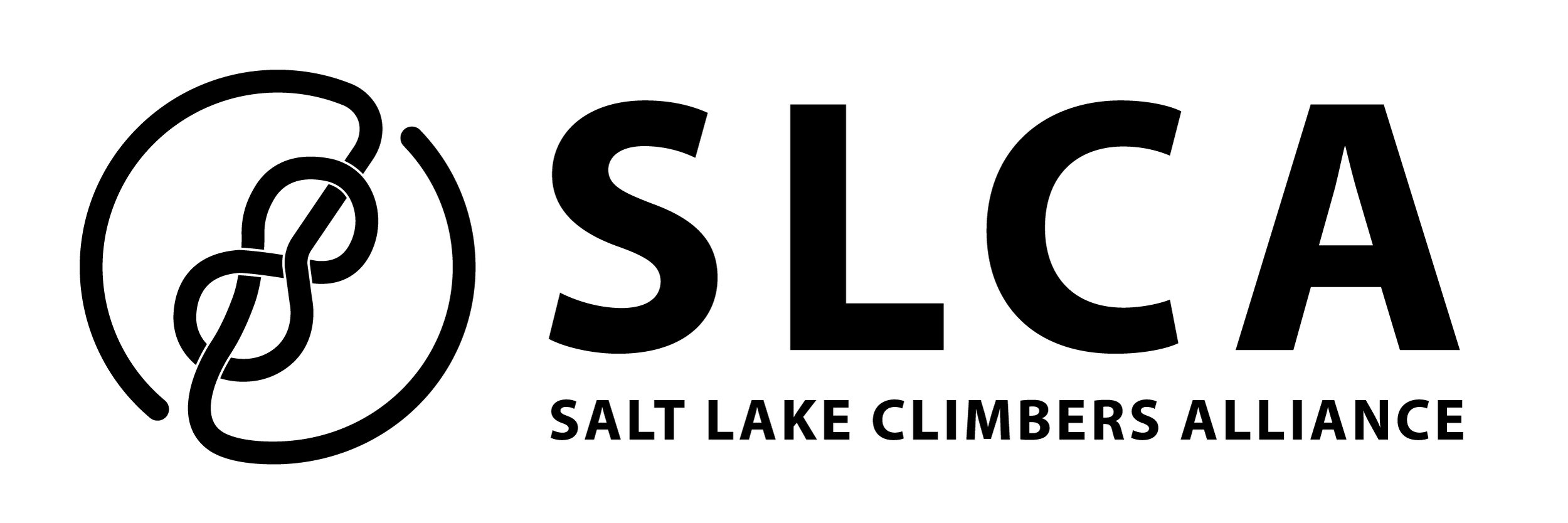Dry Wall, Echo Canyon Anchor Maintenance
2021 Echo Canyon: Dry Wall Climbing Anchor Maintenance Summary June 9, 2021
OVERVIEW
The ‘Dry Wall’ is the most popular and visited climbing site in Echo canyon. It is easily accessible from roadside parking and faces southeast, allowing cooler and shaded climbing in the afternoon. The rock is a variable conglomerate sandstone matrix with embedded, small-medium size quartzite cobbles, and slightly overhanging in steepness.
Dry Wall hosts 17 established climbing routes up to 80 feet long, and due to the nature of the variable rock, rely on bolt anchors as the only available climber protection. The route difficulties and steepness of the terrain utilize bolt anchors that are intentionally and repeatedly loaded and used by climbers, and are inherent to climbing activity there.
CURRENT CONDITION (05/24/21)
Most of the routes were established only 10-15 years ago. However, climber concerns about their reliability and sustainability for longer-term and increasingly intensive use include:
● Variable quality of the conglomerate rock, especially with mechanical expansion anchors.
● Rusting and corrosion of aging carbon steel and mixed metal hardware. Modern Best Practices utilize corrosion resistant stainless steel or titanium materials.
● Loosening of bolts over time and associated wear, resulting in unreliable, ‘spinner’ bolts and worn holes.
● Hardware grade bolts (not climbing bolts) used (inappropriately) for the original climbing anchors.
● Stud/wedge bolts used in the relatively soft matrix, resulting in poor installations as the wedge deforms the softer rock, resulting in limited mechanical expansion and long exposed studs.
● Selective prior maintenance/replacement of only individual anchors, resulting in routes with a random (and unpredictable) mix of newer sustainable, reliable anchors and aging, increasingly unreliable anchors.
● Increasing use of cable slings and steel carabiners left in place on the more difficult overhanging routes where removal between ascents is difficult. These are subject to intensive wear over time. Technically these are individual equipment, not actually ‘anchors’, and up to each individual climber to use (or not.) However, periodic removal (as part of the anchor replacement processes) ensures these are actually inspected and replaced as needed, and unsafe hardware is removed.
WORK REPORT (06/09/2021)
● SLCA Anchor Maintenance Technicians spent 5 days over the week of May 24-28, and a
final visit on June 8.
● Over the 17 established and commonly climbed routes, a total of 135 climbing bolt anchors were identified at the Dry Wall.
● 111 mechanical anchors were replaced with Fixe Stainless Steel (Inox) 3⁄8” diameter x 4” long adhesive eye bolts certified to the EN959 standard for climbing anchors, with a breaking strength of 35 kN when installed properly. Manufacturer’s specified adhesive epoxy (DeWalt AC100+) was temperature controlled for handling and curing on site, and the batch and expiration documented. These bolt anchors will have an indefinite service life, subject only to mechanical damage by rockfall, or potentially bullets, as that does occur occasionally at Echo Canyon.
● 24 previously installed anchors- either similar stainless steel adhesive eye-bolt anchors or recently installed 1⁄2” mechanical anchors, were inspected, deemed reliable for use, and left in place for continued use.
● On the top anchors, stainless steel chain and CE verified screw-links were used to extend and equalize the two anchors to a common focal point. These ‘modular’ anchor extensions are intended for long-term use, but may also be monitored for rope wear, and replaced as needed. Climbers may also add, remove or replace steel carabiners on the chain extensions as necessary.
SUMMARY
Climbing has primary and fundamental hazards. The use of any previously installed or ‘fixed’ anchors or equipment to protect climbers has inherent risks that cannot be removed, and are assumed entirely by the user.
As of 06/08/2021 all of the climbing routes at Dry Wall have been maintained and/or replaced with reliable climbing anchors that will provide for sustainable, long-term recreational use.
TOTAL COST
Total cost of this project with labor and materials was $5k. This does not include the advocacy work to line this project up with the land agency.
SUPPORT
The Anchor Maintenance Program is supported by grants from: Recreational Trails Program Grant, Utah Office of Outdoor Recreation, Central Wasatch Commission, San Pete County
as well as...
Partnering Land Managers: The Church of Jesus Christ of Latter-day Saints, United States Forest Service, Department of Wildlife Resources, Alta and Snowbird Ski Resorts
and...
Outdoor industry sponsors: Black Diamond, The Front, Liberty Mountain, Petzl, Backcountry, Blue Ice, Momentum, Gnarly Nutrition, The Gear Room, Utah Mountain Adventures, and donors like you!
Rock climbing is an inherently dangerous activity and we encourage anyone who participates to obtain the appropriate education and training in order to minimize accidents. We also encourage participants to consult resources including but not limited to guiding outfitters, SAR, Utah Avalanche Center, ranger stations, and weather reports. Nevertheless and although tragic, accidents can happen even when the participants have the proper training and have consulted authorities on conditions. Participants in outdoor climbing are assuming a risk, just as they do in skiing, mountain biking, kayaking, or other outdoor activities. Anchors once maintained by the SLCA are not guaranteed to be in the same state or condition as when they were maintained.
